Mastodons are elephant-like mammals that were native to North and Central America approximately 10,000 years ago. These creatures were members of the taxonomical genus Mammut. The most well-known species is the American mastodon.
These creatures lived alongside the similar woolly mammoth, but the species differed in a number of ways. Read on to learn about the mastodon.
Description of the Mastodon
Mastodons looked quite similar to modern-day elephants and to their neighbors, the woolly mammoths. However, they were only distantly related to both creatures. American mastodons had short legs and stout bodies, and they resembled Asian elephants with longer tusks. The males of the species were larger, with thicker and more prominently curved tusks.
Interesting Facts About the Mastodon
Mastodons were imposingly large creatures, with muscular trunks and long tusks. Unlike some prehistoric species, humans actually interacted with mastodons, and likely drove them to extinction. Learn more about these unique creatures below.
- Chompers – Mastodons had pretty remarkable teeth that were quite different from those of modern-day elephants. Each tooth had long, cone-shaped cusps that could crush dense vegetation. This allowed these creatures to munch on coarse leaves, twigs, stems, and branches.
- Humpday – In order to survive the harsh climates of prehistoric North America, these creatures needed a few adaptations. First, they collected fat on a hump over their shoulders, similar to modern-day camels. Second, they bore a thick, shaggy coat over their hides, much like the woolly mammoth did.
- Tuberculosis – Studies of mastodon bones have revealed scarring from the bacterial infection tuberculosis. Because of this, scientists believe that early human settlers moving into North America might have exposed mastodons to this illness. This could have potentially exacerbated their downfall.
- First Discovery – Researchers discovered the very first fossilized evidence of mastodon existence in New York in 1705. A farmer found an immense tooth, weighing five pounds, which they originally believed to be the tooth of a giant. Scientists did not properly identify until they discovered more complete skeletons.
Habitat of the Mastodon
Researchers have to use some level of speculation when it comes to habitat and distribution. Only the America mastodon has widely distributed fossils to give a better suggestion of habitat choice.
Because of their unique tooth structure, researchers believe that these creatures lived primarily in densely vegetated areas. They likely lived primarily in forest and woodland habitats, and fed on branches and shrubs. It’s likely that different species had different habitats based on their preferred diet.
Distribution of the Mastodon
The different mastodon species likely had different ranges, save for the American mastodon, which had a very wide distribution. Archaeologists have found remains as far north as Alaska, and as far south as Mexico. These creatures also ranged as far east as Florida.
Researchers believe they never spread into South America because of their specialized dietary preferences. Because most recovered specimens were American mastodons, it is unknown just how extensive the ranges of the other species were.
Diet of the Mastodon
Rather than feeding on grasses, mastodons browsed on branches, shrubs, and leaves. The fossilization process preserved some specimens well enough to study their gut contents.
In these studies, the primary foods appeared to be twigs, low herbs, shrubs, and other dense vegetation. Researchers believe that these creatures adjusted their diets based on the dominant species in the ecosystem, rather than eating a specific type of plant.
Mastodon and Human Interaction
Mastodons, and a number of other large animals in North America, died off approximately 10,500 years ago. Researchers believe that hunting pressure from newly arrived humans, combined with climate change, caused the rapid extinction of these creatures.
Tusk analysis has even suggested that, prior to their extinction, these mammals had reduced competition for breeding. This evidence suggests that humans were reducing the population enough to make finding mates more difficult. Essentially, it is highly likely that the expansion of human populations was the primary cause of mastodon extinction.
Domestication
Humans never domesticated mastodons in any way.
Does the Mastodon Make a Good Pet
Even if it were possible to own a mastodon as a pet, it would be inadvisable. They could grow quite large, and this would make them a poor pet. Housing them, feeding them, and cleaning up after them, would prove incredibly expensive and time consuming.
Mastodon Care
If they were alive today, we can assume that caring for mastodons in a zoological setting would require similar conditions as modern-day elephants. However, the thickly furred mastodons would likely need some level of temperature control in today’s climate.
These creatures would require large enclosures with secure fencing, as well as vast amounts of food. It would be important to closely replicate their wild diet, as elephants have different nutritional needs than mastodons did.
Behavior of the Mastodon
While scientists believe that mastodons were social creatures, they were probably not as social as mammoths or modern-day elephants. Fossil remains suggest that mastodons congregated in small herds, usually consisting of a few females and their young. Researchers also believe that the males left these groups when they reached sexual maturity. They were likely solitary, or formed all-male herds.
Reproduction of the Mastodon
While we have some evidence that young mastodons remained with their mothers at least until sexual maturity, and that they likely had not specific breeding season, we don’t know much else about their reproduction.
We know that males would battle one another with their long tusks, and this was probably for reproductive rights. It is also likely that their reproduction was similar to that of modern-day elephants.
Beliefs, Superstitions, and Phobias About the Mastodon
Many people either do not know the difference between mastodons and mammoths, or they think they are two in the same. Despite their similarities, mastodons and mammoths are not the same creatures. They aren’t even closely related! These two large mammals had very different feeding strategies, and likely lived in entirely different ecosystems.




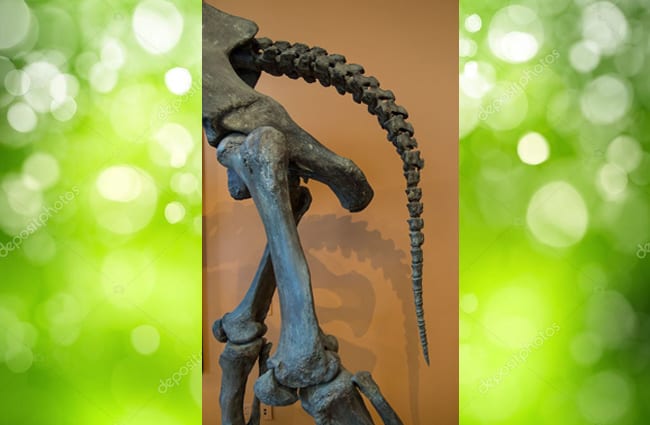
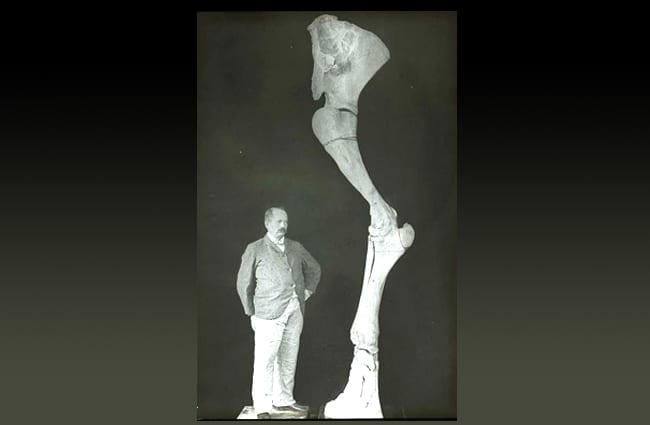
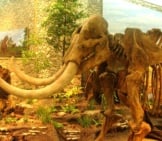
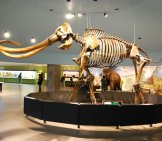
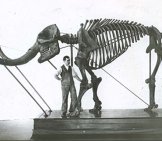

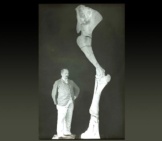
![Red Angus Closeup of a beautiful Red Angus cowPhoto by: U.S. Department of Agriculture [pubic domain]https://creativecommons.org/licenses/by/2.0/](https://animals.net/wp-content/uploads/2020/03/Red-Angus-4-238x178.jpg)












![Red Angus Closeup of a beautiful Red Angus cowPhoto by: U.S. Department of Agriculture [pubic domain]https://creativecommons.org/licenses/by/2.0/](https://animals.net/wp-content/uploads/2020/03/Red-Angus-4-100x75.jpg)

